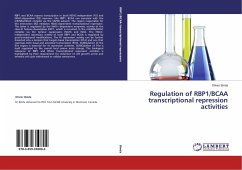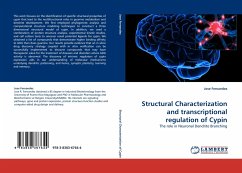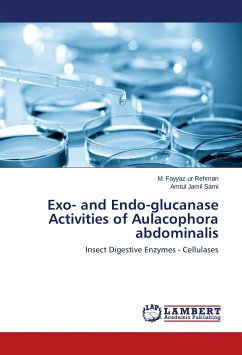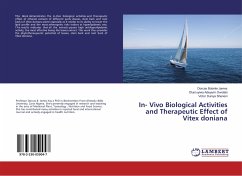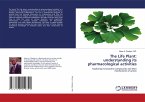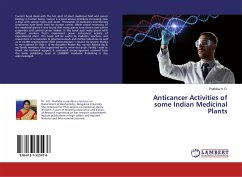RBP1 and BCAA repress transcription in both HDAC-independent (R1) and HDAC-dependent (R2) manners. Like RBP1, BCAA can associate with the mSIN3A/HDAC complex via the SAP30 subunit. The region responsible for this interaction (R2) mediates HDAC-dependent transcriptional repression. The latter is regulated by the NAD+-dependent enzymatic activity of the class III histone deacetylase SIRT1, which is recruited to the mSIN3A/HDAC complex via the tumour suppressors ING1b and ING2. The HDAC-independent repression activity of both RBP1 and BCAA is regulated by post-translational modifications. The R1 repression activity can be further dissected into a domain that targets basal transcription (R1 ) and one that represses both basal and activated transcription (R1s). SUMOylation of the R1s region is essential for its repression activities. SUMOylation of R1s is itself regulated by the overall local amino acids charge. The biological relevance of RBP1 and BCAA transcriptional repression activities is highlighted by their requirement for induction of cell growth arrest and terminal cell cycle withdrawal or cellular senescence.
Bitte wählen Sie Ihr Anliegen aus.
Rechnungen
Retourenschein anfordern
Bestellstatus
Storno

